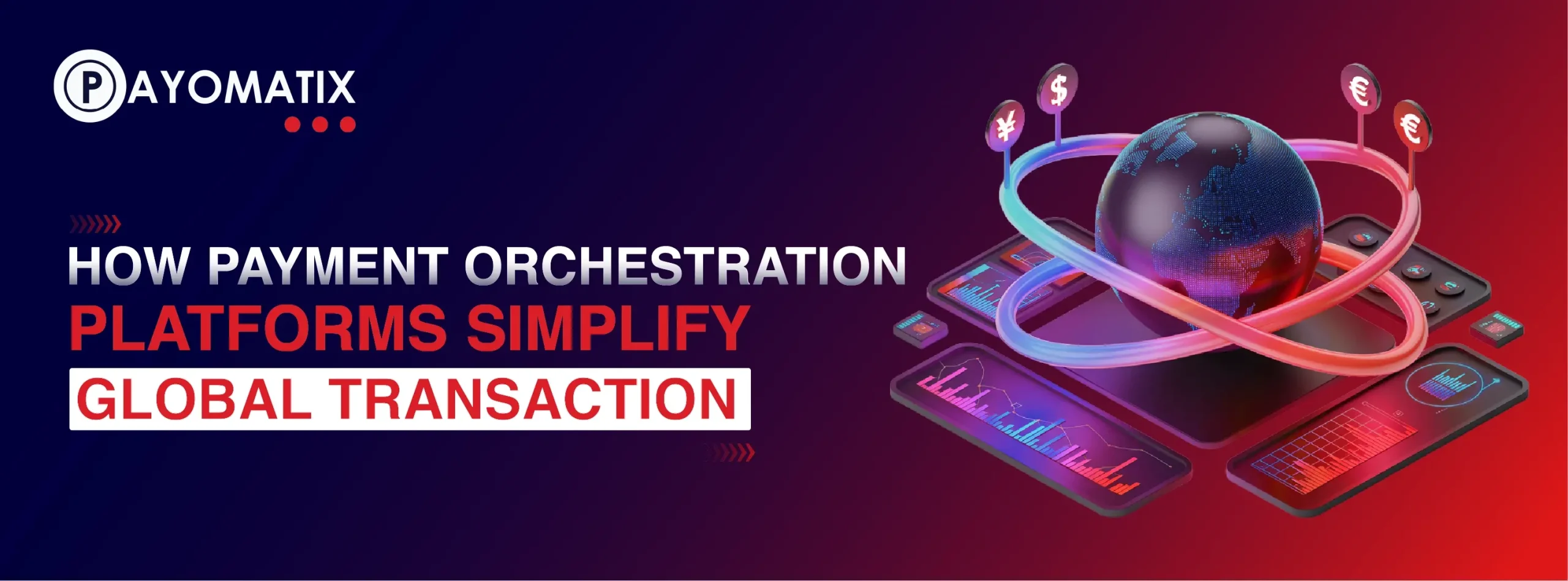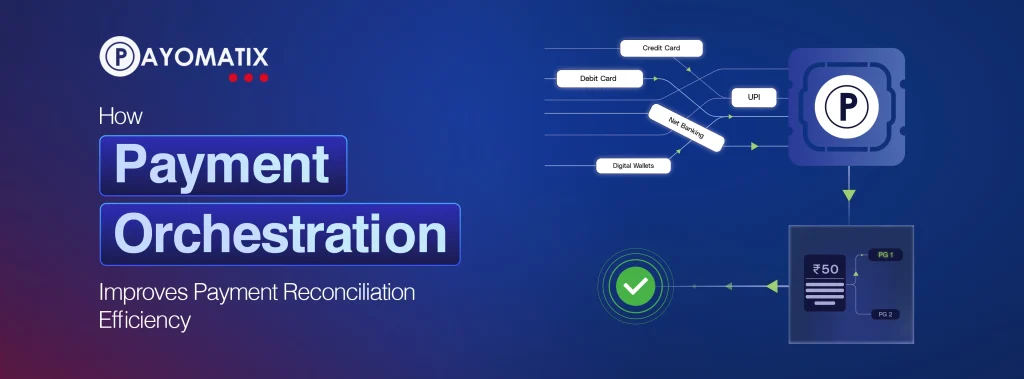As global commerce accelerates, businesses of all sizes—from fast-growing startups to enterprise platforms—are facing a similar challenge: managing complex, multi-market payments without friction. From dealing with regional payment preferences to handling regulatory compliance and real-time currency conversion, global expansion often comes with operational and technological hurdles.
A Payment Orchestration Platform is quickly becoming the go-to solution for simplifying these complexities. By centralizing and automating how transactions are routed, processed, and settled across borders, it offers a smarter, more scalable approach to handling international payments.
The Challenge of Global Payments
Cross-border commerce is no longer a future goal—it’s the present reality. However, managing payments across geographies comes with challenges:
- Local payment method support (not all markets rely on cards)
- Currency conversion and settlement delays
- Varying compliance standards by country or region
- Low transaction approval rates due to mismatched gateways
- Limited visibility across multiple payment service providers
These friction points not only slow down operations—they directly impact revenue and customer satisfaction.
What Is a Payment Orchestration Platform?
A Payment Orchestration Platform (POP) is a centralized payment layer that integrates multiple payment gateways, local APMs, and back-end services like fraud detection, compliance, and settlement—into a unified, API-driven system.
Rather than building separate integrations and managing fragmented vendor relationships, businesses can use a POP to:
- Route payments through the most effective gateway
- Enable smart failover in case of gateway downtime
- Monitor global transaction data from one dashboard
- Customize checkout experiences for each region
It’s a modular, scalable solution to a global problem.
Simplifying Cross-Border Payment Solutions
One of the biggest advantages of orchestration is its ability to streamline cross-border payment solutions. Here’s how it works:
1. Smart Routing Across Gateways
Payments are dynamically routed based on location, currency, and success rate. If one gateway fails, another picks up the transaction—automatically.
2. Local Method Enablement
From UPI in India to SEPA in Europe and digital wallets in Southeast Asia, customers see only the payment methods they recognize and trust.
3. Built-in Compliance Handling
A POP helps ensure regional regulatory compliance across frameworks like PSD2, GDPR, and RBI norms—so your business stays protected.
Automating Multi-Currency Payment Processing
Managing multiple currencies across countries is complex—but a payment orchestration platform makes it manageable:
- Automatically convert transaction currencies at the best available rates
- Display localized pricing during checkout
- Reconcile international settlements in your preferred base currency
- Reduce manual accounting overhead and foreign exchange errors
Multi-currency payment processing becomes seamless, accurate, and fully transparent—enabling real-time financial operations without cross-border chaos.
A Closer Look: How Payomatix Streamlines Global Transactions
Payomatix Cashier is a full-scale payment orchestration engine built to help businesses expand globally with confidence and simplicity.
Key features include:
- Access to 150+ APMs and PSPs worldwide
- API-first architecture for fast deployment
- Real-time currency conversion and FX optimization
- Smart routing engine for higher success rates
- Compliance modules built for each operating region
- Unified dashboard for analytics, reconciliation, and monitoring
Whether you’re a global e-commerce brand, SaaS provider, or PSP, Payomatix delivers the infrastructure to accept, process, and settle payments—without friction, downtime, or fragmentation.
Final Thought: Scale Globally, Operate Seamlessly
The modern customer is global—and your payment infrastructure should be too. With the right payment orchestration platform, businesses can eliminate the complexity of managing cross-border payment solutions and gain operational control over multi-currency payment processing.
In 2025 and beyond, growth won’t be limited by geography—but by how well your systems adapt to it.
With Payomatix, global transactions become local experiences—powered by orchestration, built for scale.
FAQs
Q1: How does a Payment Orchestration Platform simplify global transactions?
Ans: It centralizes routing, supports local payment methods, and automates cross-border settlements—reducing complexity and increasing efficiency.
Q2: Can it handle multi-currency payment processing?
Ans: Yes. It automates currency conversion, supports localized pricing, and simplifies multi-currency reconciliation.
Q3: Is a payment orchestration platform suitable for cross-border payment solutions?
Ans: Absolutely. It’s built to manage region-specific gateways, compliance, and customer preferences in different markets.
Q4: What are the benefits for international businesses?
Ans: Faster market entry, reduced transaction failures, improved customer experience, and centralized global payment management.
Q5: Does Payomatix offer built-in compliance for international markets?
Ans: Yes. Payomatix supports regulatory standards like PCI-DSS, GDPR, PSD2, and region-specific rules to ensure secure, compliant transactions.





